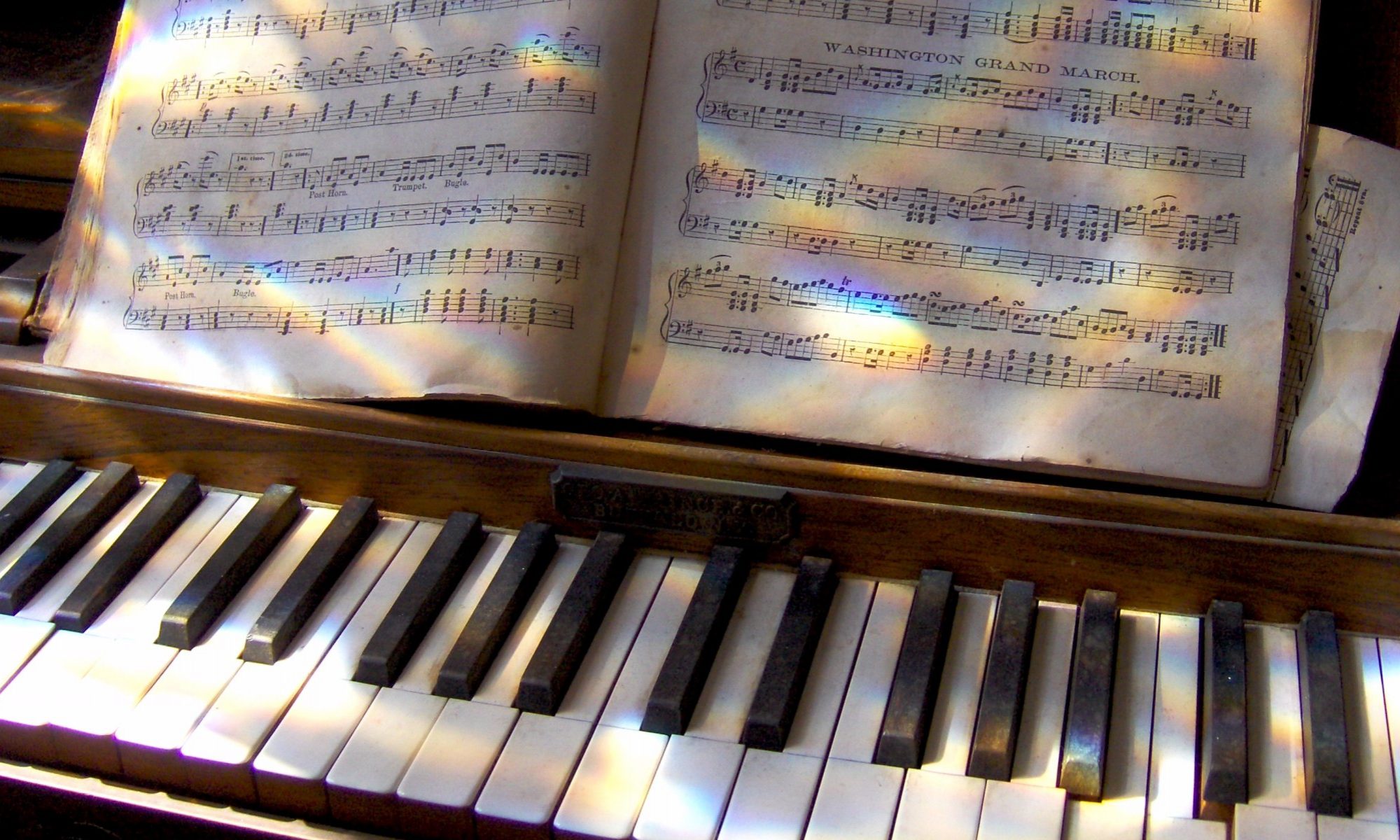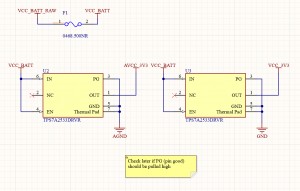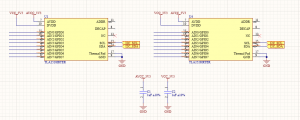What are the most significant risks that could jeopardize the success of the project? How are these risks being managed? What contingency plans are ready?
The most challenging aspect of our project will be integrating the hardware and software components of the device. We need the sensor data collection PCB to transmit data in a format and at a rate that the Raspberry Pi will be able to receive, decode, and transmit that data to our API to be displayed on the screen. We will mitigate these risks by unit testing all systems before attempting to integrate them together in the hopes of simplifying communication issues we run into. Additionally, from the hardware side one risk is the sensitivity and reliability of the sensors we choose. The sensors are responsible for detecting the musician’s playing, and are integral to the device. In order to mitigate the sensor risk, Jeannie will order a handful of sample sensors and test the sensitivity and reliability as best as she can before deciding which one the team will use.
Were any changes made to the existing design of the system? Provide an updated schedule if changes have occurred.
There were not any changes made to the existing design of the system and no changes to the schedule were made
Weekly Report Question (Team):
ABET #2 says … consideration of public health, safety, and welfare, as well as global, cultural, social, environmental, and economic factors…. Which of these factors did your team consider as you developed your project proposal ? Identify at least one factor of importance to your project and write a sentence explaining why it is important to consider it.
In developing our project, a real-time tool that transcribes music played on a keyboard into sheet music, we recognized the profound cultural implications it carries. Music, a universal language, has held immense significance in diverse cultures throughout history. As we brainstormed project ideas, we saw the potential for our tool to contribute to the preservation and evolution of various musical cultures worldwide. By simplifying the music creation process, our project aims to democratize musical expression, empowering individuals to contribute to their musical heritage and foster cultural richness.
Although many music transcription tools exist, many require the user to use an electric keyboard with a MIDI interface or even use a completely virtual computer. One must consider the professional musician, many of whom have access to and prefer non-electric keyboards such as grand pianos. The way our project aims to make writing music universally accessible is by transcribing music using virtual sensors instead. In this way, professional pianists also have access to an invaluable transcription tool.
Our tool bridges the gap between technology and creativity, making musical composition accessible to a broader audience. As we considered the societal impact, we envisioned a future where people from different walks of life can effortlessly translate their musical ideas into tangible sheet music. This innovation not only promotes inclusivity in the musical realm but also celebrates the richness and diversity of musical traditions globally. By nurturing creativity and easing the musical composition process, our project aspires to be a catalyst for a new era of cultural enrichment through music.


